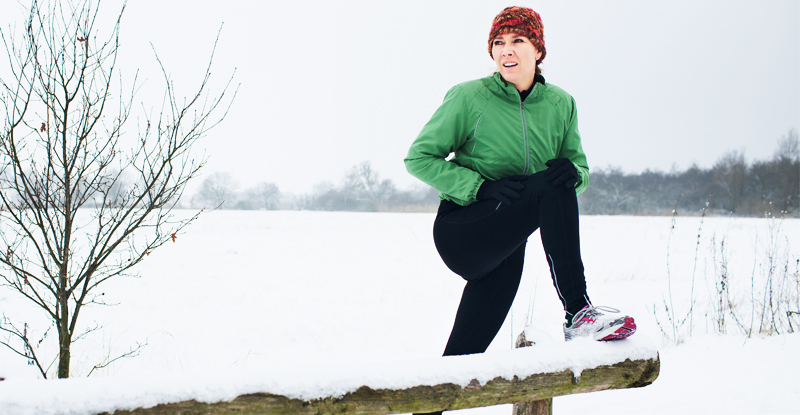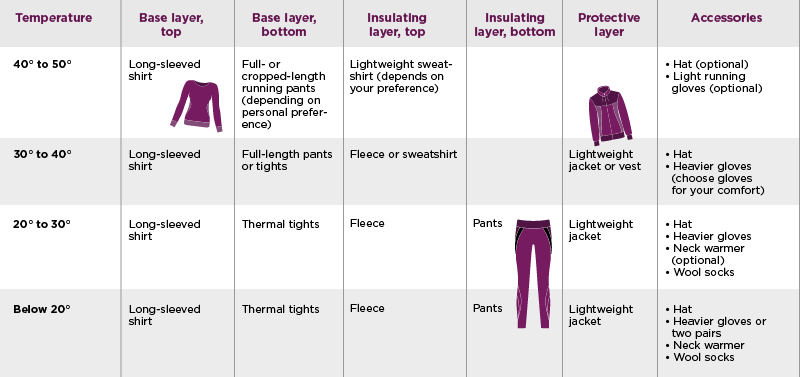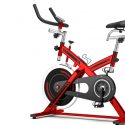Winter Training: What To Wear at Every Temperature
The thought of having to train in the colder months literally sends chills down my spine. I am not fond of the cold winter months, but I do love the beautiful white snow. Going into my eighth straight year of participating in either the Pittsburgh full or half marathon, I’ve had to train outside during the city’s long winter months. Over the years, we’ve had a variety of weather thrown at us. From those brutal days of having to run outside, I’ve learned what’s comfortable to wear — especially for those longer runs.
I’ve put together this quick guide that can help you with your wardrobe for winter workouts. Remember, each person’s body is different so you might have to modify the options as you learn more about what works best for you. The beginning of each run will be cold, but as soon as you get warmed up the layers you’ve chosen will help you stay comfortable throughout the rest of the workout. Be sure to watch the weather to add various accessories to your wardrobe to keep you comfortable.
What To Wear at Every Temperature
Layer tips
Base layer, top – Use base layers made of moisture-wicking materials. Cotton layers will absorb sweat and could cause you to get cold during the run.
Base layer, bottom – Use base layers that have comfortable seams and are moisture wicking to keep you dry and comfortable.
Insulating layer – This layer is for keeping you warm. Choose comfortable fabrics like wool or fleece that allow you to keep your full range of motion.
Protective layers
Vest – A vest that is insulated, wind and water resistant, and possibly reflective will help protect you from the weather elements outside. It will keep your core warm and your arms free throughout the workout.
Jackets – Find a jacket that is insulated, breathable, wind and water resistant, and possibly reflective. These jackets will help you stay comfortable when mother nature is not cooperating your run.
Accessories
Tights – Look for moisture-wicking tights that have very comfortable seams and allows for great range of motion. For colder winter days, look for thermal tights that provide more warmth that are also moisture wicking. The thermal tights can be worn by themselves or even under your normal running pants for added warmth.
Socks – Use fabrics that will not absorb sweat, such as wool.
Gloves – Look for gloves that will be snug and will keep you warm for the appropriate temperature. I have different running gloves that and switch them out depending on the temperature outside.
Neck warmers – One of my favorite accessories for below-freezing temperatures with wind chills. You can use a scarf, neck gaiter, or even a head mask that are made with the appropriate material that will not absorb sweat.
Hats/Ear warmers – Find hats or ear warmers that are sweat-resistant and a soft material for comfort.




